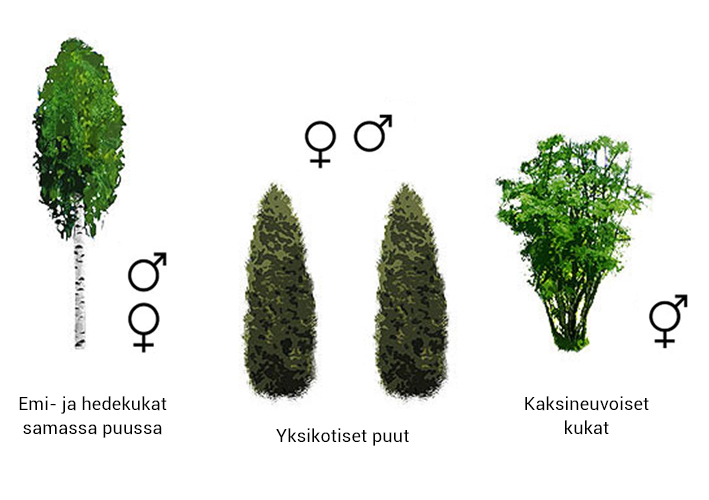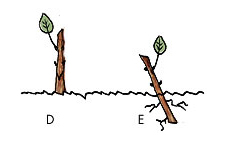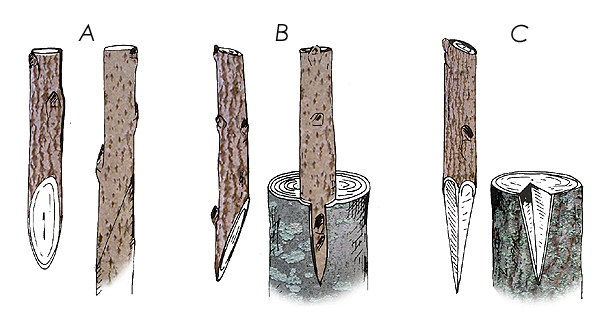Trees reproduce asexually, through cultivation and sexually, through the exchange of pollen between male and female reproductive systems.
Sexual reproduction
A single tree can produce both male and female flowers, relying on adaptations such as different blooming times to prevent self-pollination.

Seed Distribution
The seeds that pollination produces still have to be distributed. Some seeds, as with fruiting trees and nut trees, are encased and dropped to the ground. Other seeds are wind-borne and have adaptations to help them glide in the air until they land and begin to grow.
Asexual reproduction
Plants have two main types of asexual reproduction in which new plants are produced that are genetically identical clone of the parent individual.
Vegetative reproduction involves a vegetative piece of the original plant and in some cases involves seeds. Natural vegetative reproduction is mostly a process found in woody perennial plants, and typically involves structural modifications of the stem or roots and in a few species leaves.
A. Young tree is growing from old stump.
B. Young tree is growing from roots.
C. Young tree is starts to grow from bend branch.
D. Cutting planted in another tree.
E. Cutting planted in soil.


Vegetative reproduction
Cuttings
Some species of tree can reproduce by cultivation of cuttings. Cuttings are stems taken from a tree and planted in soil. After a time, these stems begin to develop roots and row into another tree. This is a form of asexual reproduction and so the new tree will be an exact copy – or clone – of its parent, unless a mutation occurs. Using this method, you can create a whole field that consists of trees with identical characteristics.
Grafting is a horticultural technique where plants are joined so as to continue their growth together. The upper part of the combined plant is called the scion and the lower part is called the rootstock. The success of this joining requires that the vascular tissues grow together.
A) In whip grafting the scion and the stock are cut slanting and then joined
B) In cleft grafting a small cut is made in the stock and then the pointed end of the scion is inserted in the stock
C) Tringle grafting
